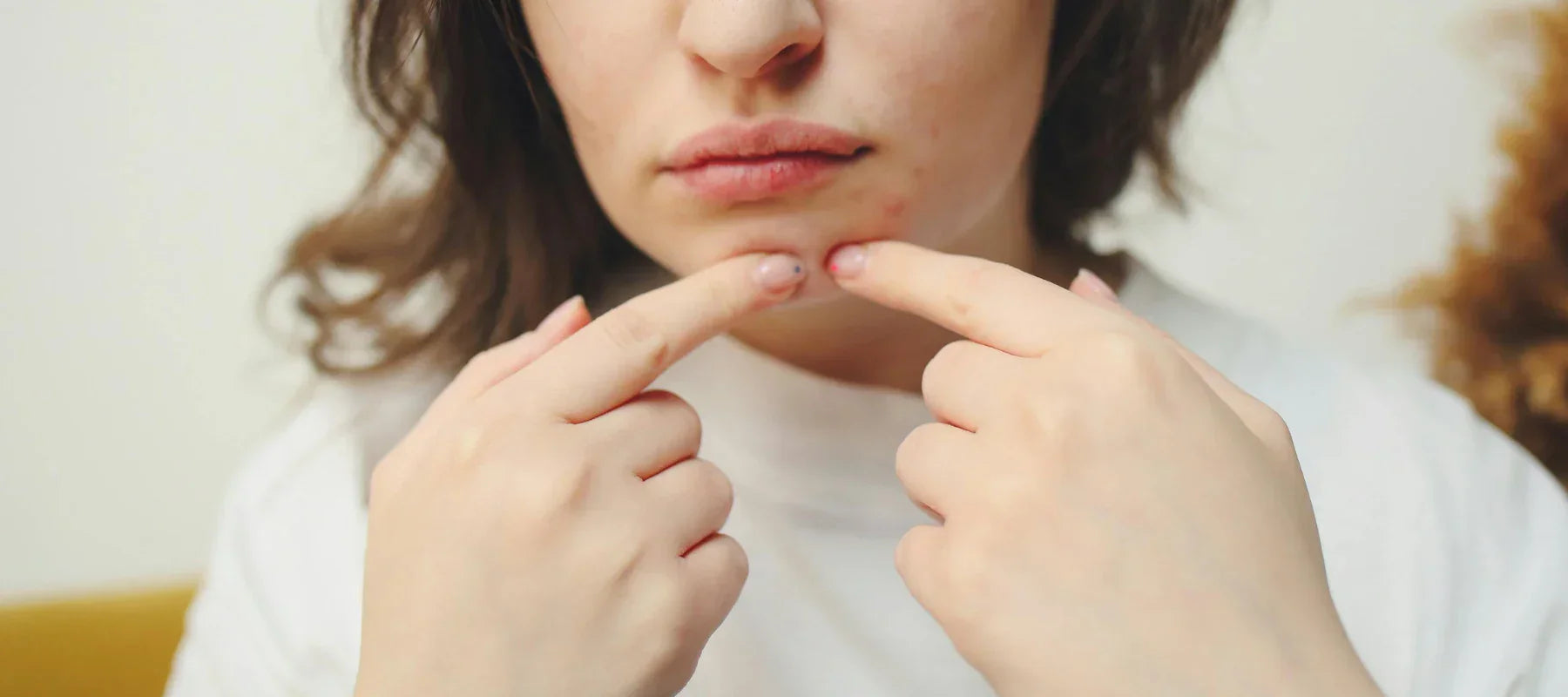
How to Reduce Pimple Swelling: Fast and Easy Solutions
Pimples are annoying, particularly when they become inflamed, red and tender. Whether it's a cystic acne bump that won't budge or just a random breakout two days before an important meeting, reducing swelling quickly is a priority. If you are wondering how to reduce pimple swelling, there are many powerful solutions to tame inflammation and speed up healing. Check out the best ways to shrink a swollen pimple fast.
Why do pimples swell?
Before you learn how to decrease swelling of pimple, understand some of the reasons behind the inflammation.
Role of bacteria, oil, and clogged pores
Sebaceous glands secrete oil (sebum) to lubricate the skin. But when sebum is produced in excess and gets mixed with grime and dead skin cells, it can plug the pores. Bacteria, including Propionibacterium acnes, proliferate in these blocked pores, leading to infection and stimulating the immune system to respond with inflammation. This results in the textbook symptoms of an inflamed pimple - redness, tenderness, and swelling.
How inflammation leads to redness and pain
Inflammation is the body's response mechanism to combat infection. When a pore becomes infected, the immune system dispatches white blood cells to kill bacteria, leading to inflammation and tenderness. This is also why inflamed pimples tend to be tender and feel hot to the touch. So, knowing how to reduce a swollen pimple is key to minimising the pain.
How to reduce pimple swelling
Here's some guidance on how to reduce pimple pain and swelling:
Cold compress
Take an ice cube, wrap it in a clean cloth, and place it over the pimple for 5–10 minutes at a time. The ice will give you some instant relief. The cold constricts the blood vessels, decreasing the blood flow to the area and minimising the swelling. For best results, repeat several times throughout the day. Do not directly apply ice on pimples, as this may lead to irritation or frostbite.
Spot treatment with anti-inflammatory ingredients
Spot treatment, when applied directly to the pimple, can assist with drying and reducing inflammation. Salicylic acid unclogs pores, benzoyl peroxide kills acne-causing bacteria, and sulfur reduces excess oil and inflammation. Do you want to know how to reduce pimple swelling overnight with spot treatment? Use the acne spot corrector, which can visibly shrink your breakouts overnight. Using a tiny bit of spot treatment with one of these ingredients can speed up healing. But don't overdo it, as it can lead to dryness or irritation.
Calming clay masks
Clay masks are great for pulling out impurities and keeping inflammation at bay. For swollen pimples, the clay mask is a good option. Using a clay mask once or twice a week will help control breakouts.
Green tea or aloe vera
If you want to know how to get rid of a swelling pimple, green tea and aloe vera are two potent ingredients. Green tea is rich in antioxidants and has anti-inflammatory properties that help calm the skin. Aloe vera is similarly known for its cooling and healing properties.
Tea tree
Tea tree oil is a natural antibacterial that works against acne-causing bacteria and helps soothe inflammation. Tea tree oil is an active ingredient in many acne-care products, including cleansers and gels, for its soothing properties.
How to reduce pain and swelling in pimples
Here's how to bring down pimple swelling and reduce pain:
Avoid popping or squeezing
It may be tempting to squeeze a swollen pimple, but this can worsen inflammation, push bacteria deeper into the skin, and increase the risk of scarring. Instead, allow the pimple to heal naturally with the help of soothing treatments.
Taking anti-inflammatory pain relievers (if necessary)
Cystic acne causes severe pain. If you are wondering how to reduce swelling of a cystic pimple, taking an over-the-counter anti-inflammatory like ibuprofen can help bring down both pain and inflammation. However, this should only be used occasionally and in moderation.
Using a soothing gel-based moisturiser
Keeping the skin hydrated with a non-comedogenic, gel-based moisturiser can prevent further irritation. The acne moisturiser is ideal for acne-prone skin. It provides lightweight hydration while delivering antibacterial and anti-inflammatory benefits, helping to calm active breakouts.
Additional tips to prevent pimple swelling
If you are wondering how to decrease pimple swelling and keep future breakouts at bay, follow these steps:
Proper skincare routine with gentle cleansing
A regular skincare regimen, including gentle cleansing, may help reduce the risk of clogged pores. Cleansing your face with a gentle cleanser two times a day helps to remove excess oil, dirt, and bacteria without depriving the skin of needed moisture.
Avoiding harsh scrubs or irritants
If you are wondering how to reduce pimple redness and swelling, stick to gentle exfoliation with chemical exfoliants like AHAs or BHAs instead of physical scrubs. Scrubbing the skin aggressively or using harsh exfoliants can cause micro-tears and increase inflammation, making acne worse.
Keeping skin hydrated and balanced
When the skin is dehydrated, it produces more oil as a compensatory mechanism, leading to additional breakouts. A lightweight, non-comedogenic, oil-free moisturiser helps maintain skin balance without clogging the pores.
Conclusion
Reducing pimple swelling involves a combination of soothing treatments, proper skincare, and patience. Using ice, anti-inflammatory ingredients, and natural remedies like aloe vera or tea tree oil can help shrink a swollen pimple quickly. Preventative measures, such as gentle cleansing and hydration, can keep breakouts at bay. By following these steps, you can maintain clear, healthy skin while minimising discomfort from inflamed pimples.
FAQs
Does ice help reduce pimple swelling?
Yes, ice helps constrict blood vessels and reduce inflammation, which can temporarily shrink a swollen pimple. Applying an ice pack for 5–10 minutes several times a day can provide quick relief.
How long does it take for a swollen pimple to go down?
The healing time depends on the severity of the pimple. Mild inflammation may subside within a day, while deeper pimples can take several days to heal completely. Using soothing treatments can speed up the process.
Can toothpaste reduce pimple swelling?
Toothpaste is not a recommended acne treatment. While it contains ingredients like baking soda and hydrogen peroxide, it can be too harsh and may cause irritation or dryness. It's better to use proven acne treatments instead.
Should I pop a swollen pimple?
No, popping a pimple can worsen inflammation, spread bacteria, and increase the risk of scarring. Instead, use treatments like ice, clay masks, or spot treatments to help it heal naturally.
What is the best cream for reducing pimple swelling?
Products containing salicylic acid, benzoyl peroxide, or tea tree oil are effective for reducing pimple swelling. A gel-based moisturiser like acne moisturiser can also help soothe inflammation.
How do you reduce pimple swelling overnight?
For overnight results, apply an effective treatment like the acne spot corrector. This product helps to shrink pimples while you sleep by reducing inflammation and promoting faster healing.




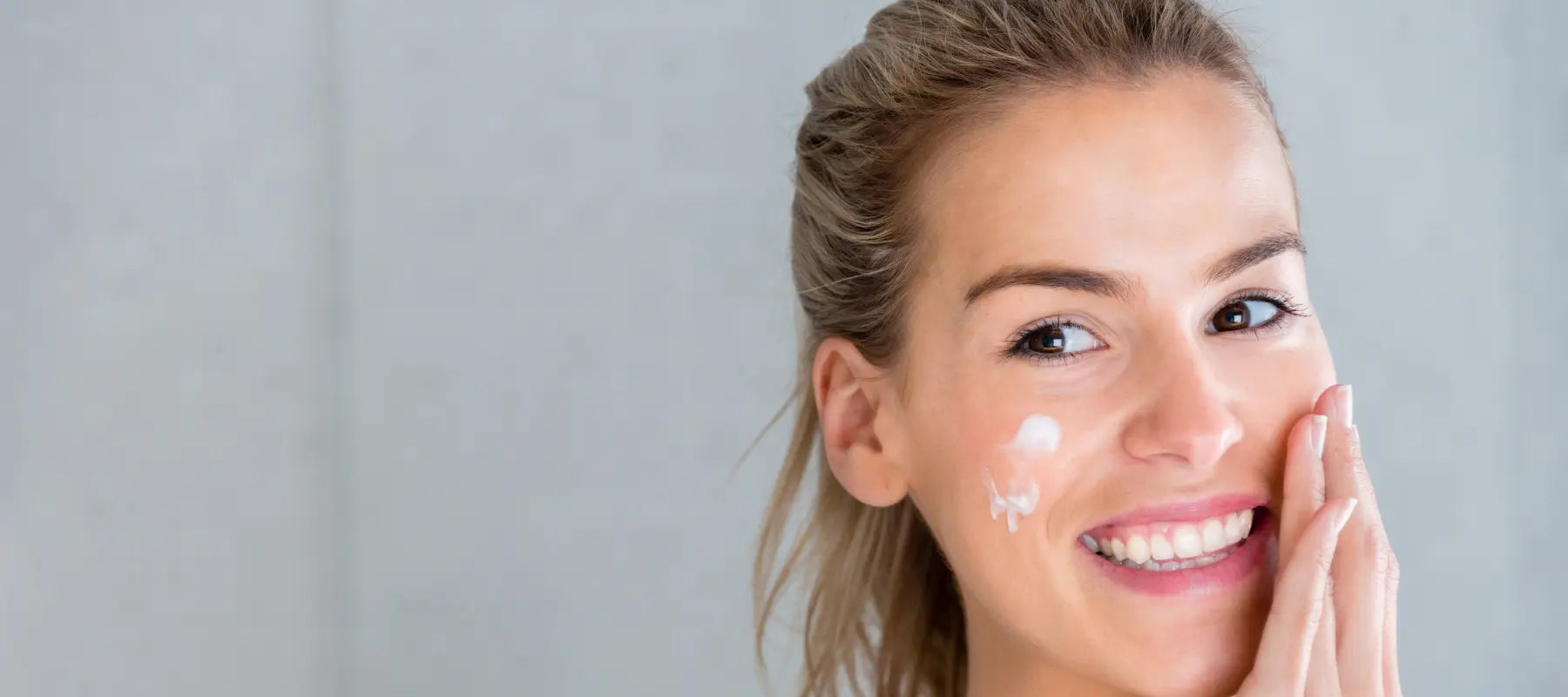


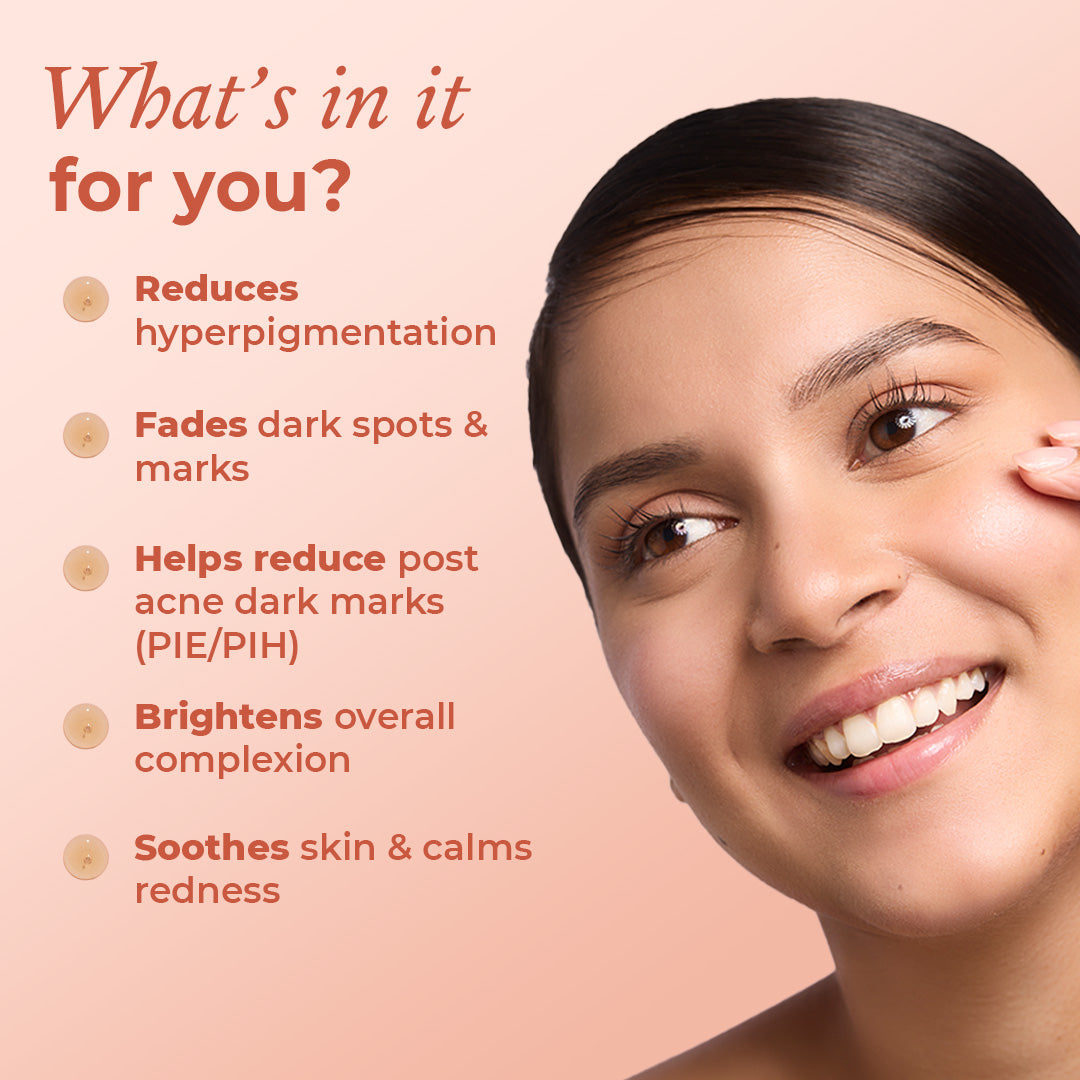

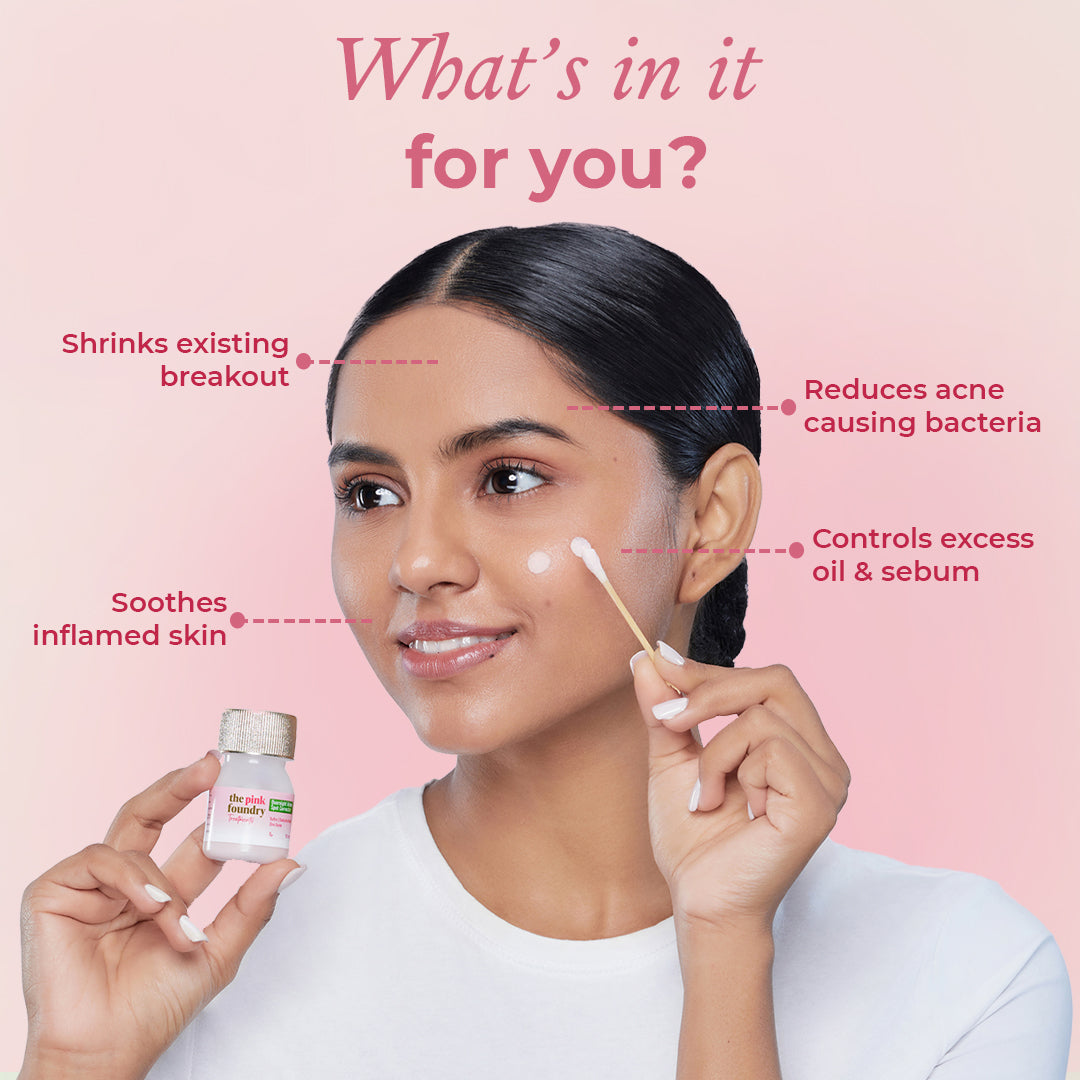
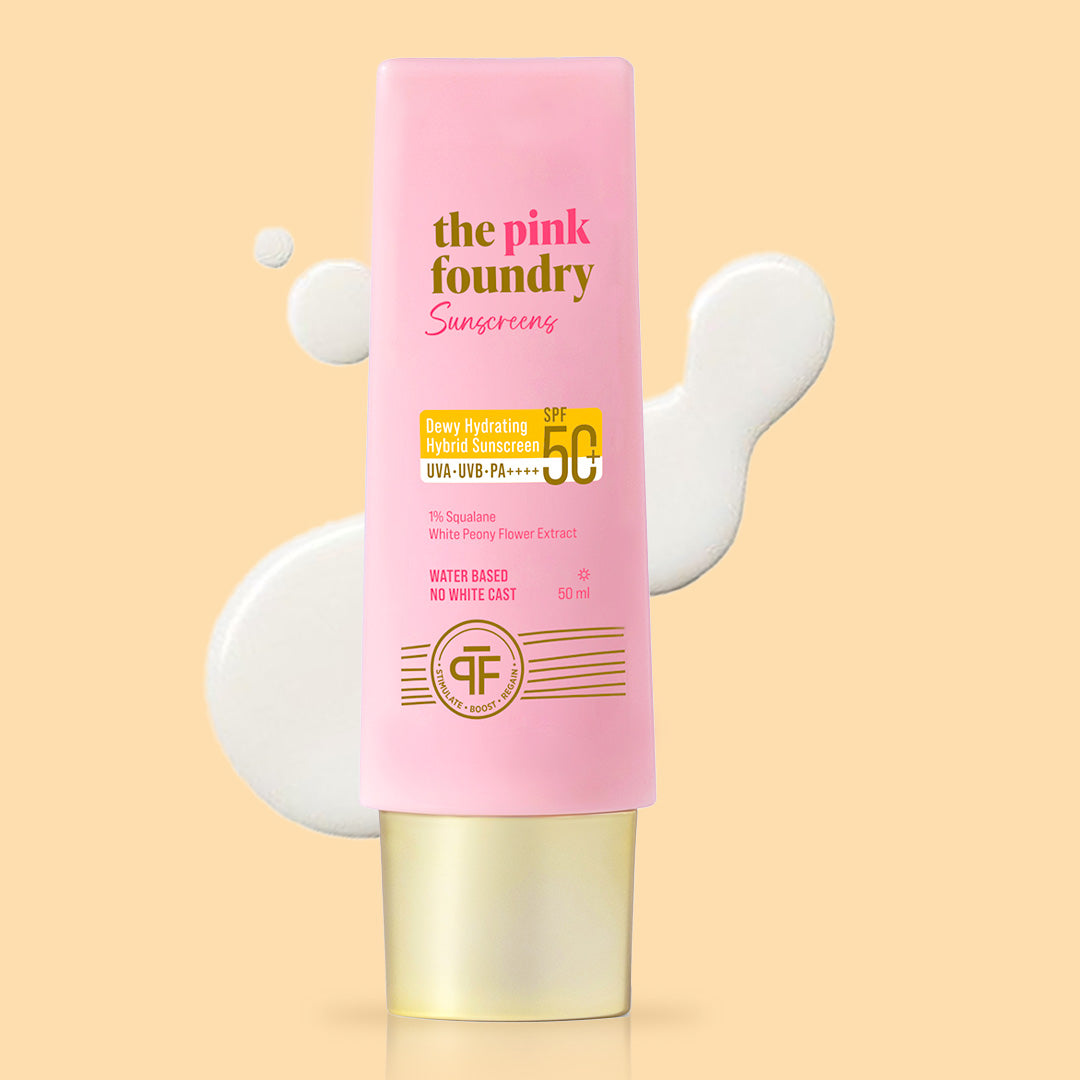
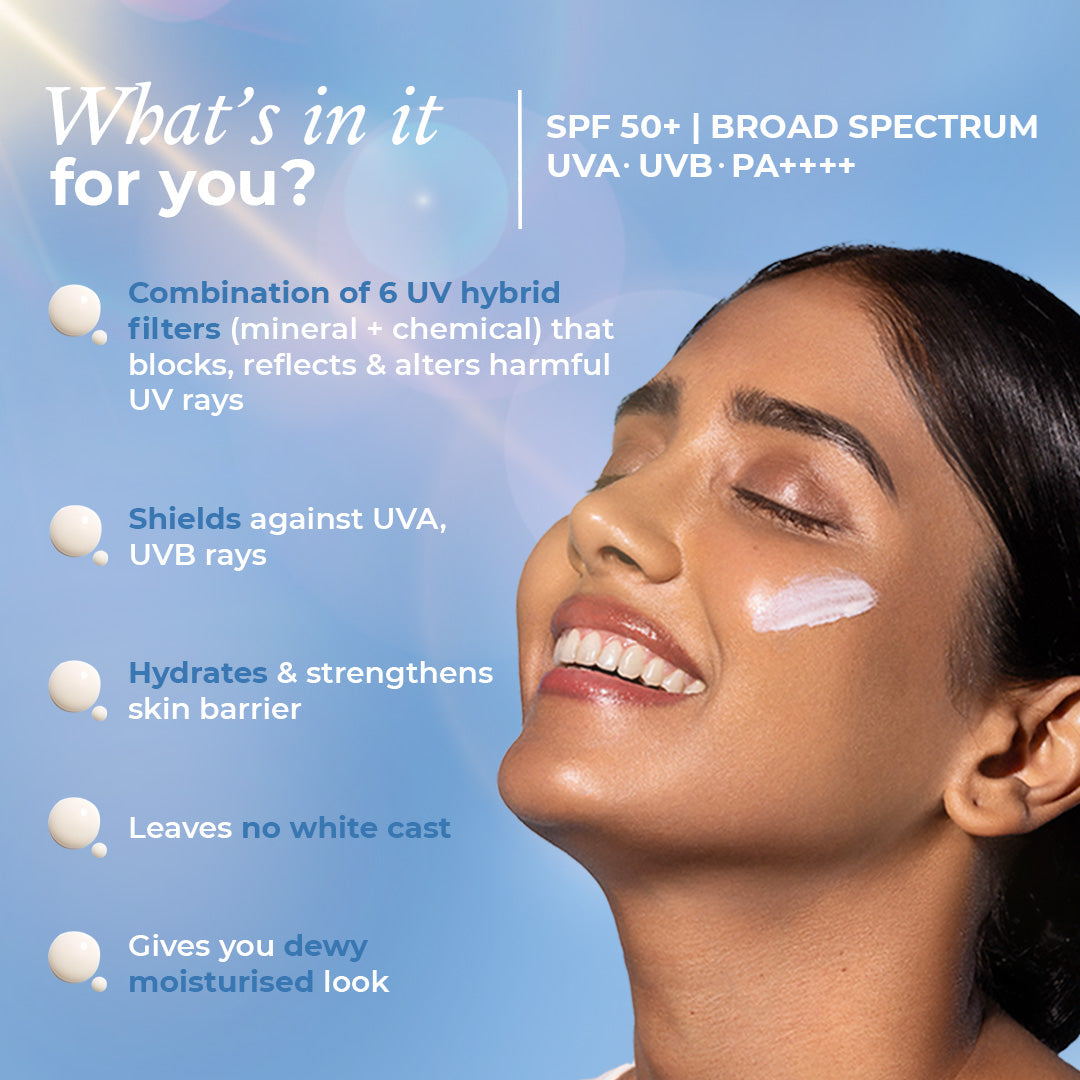
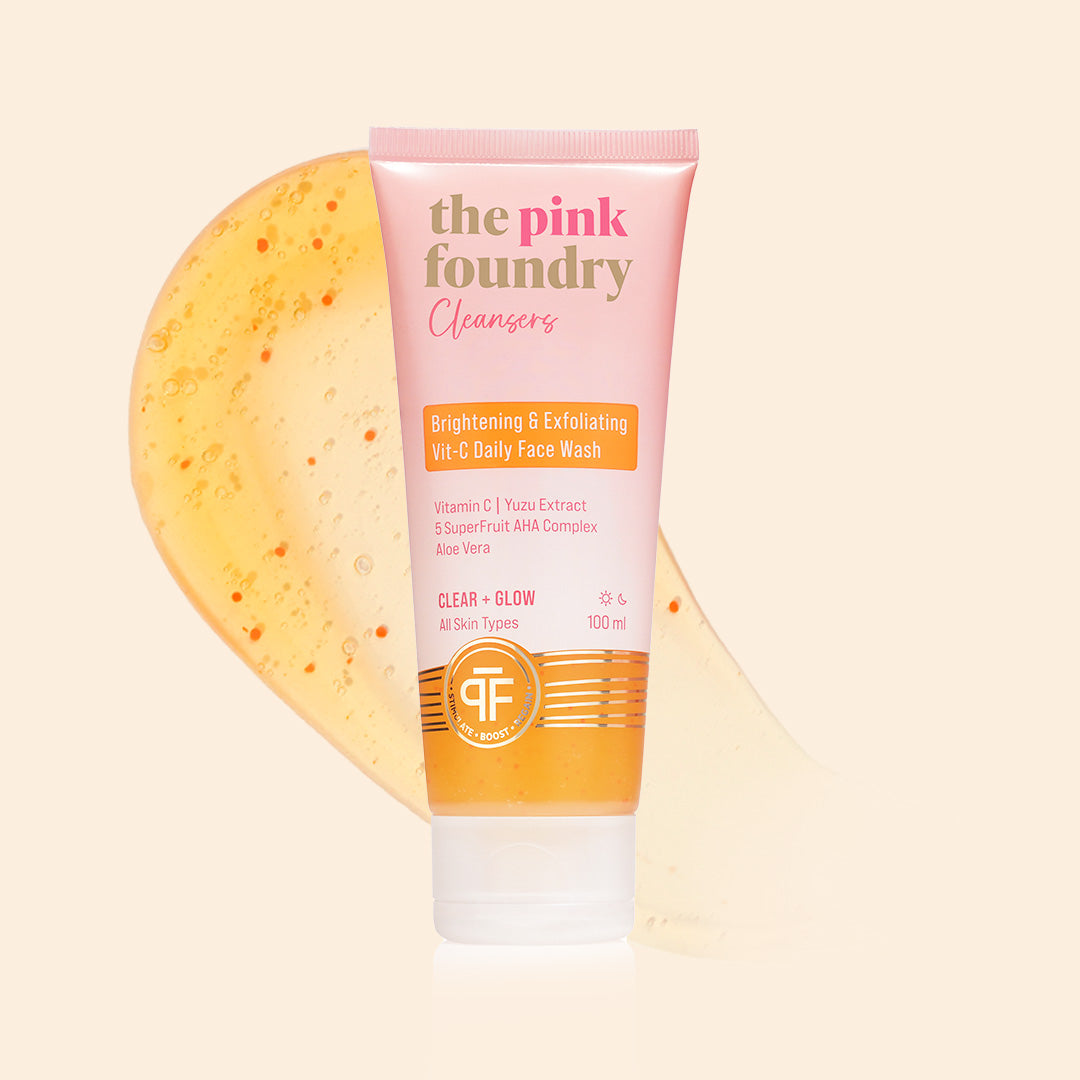
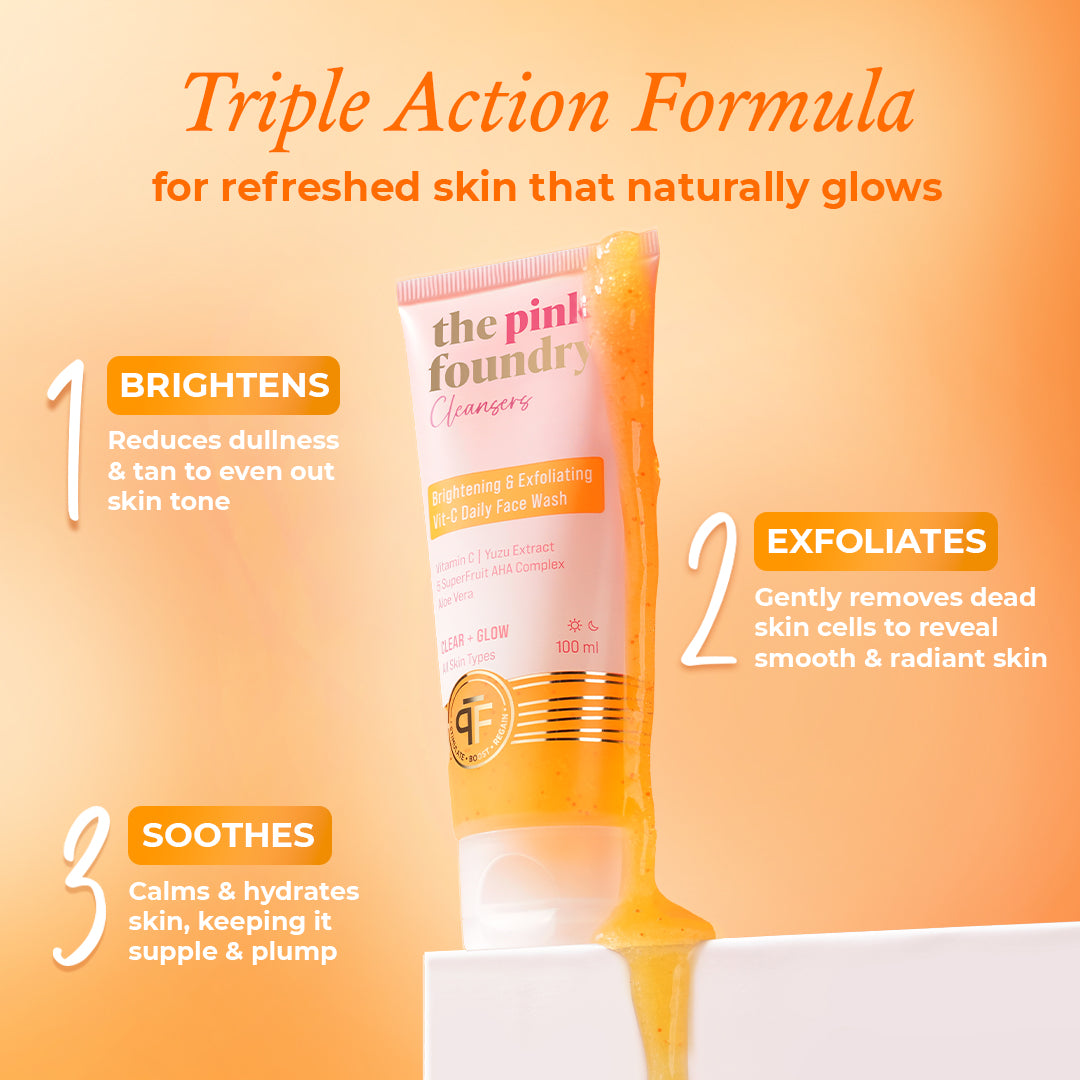
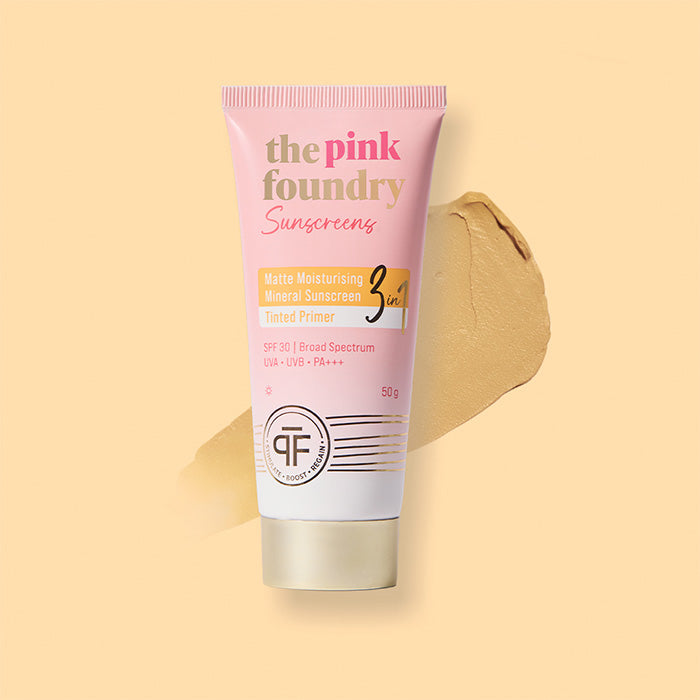
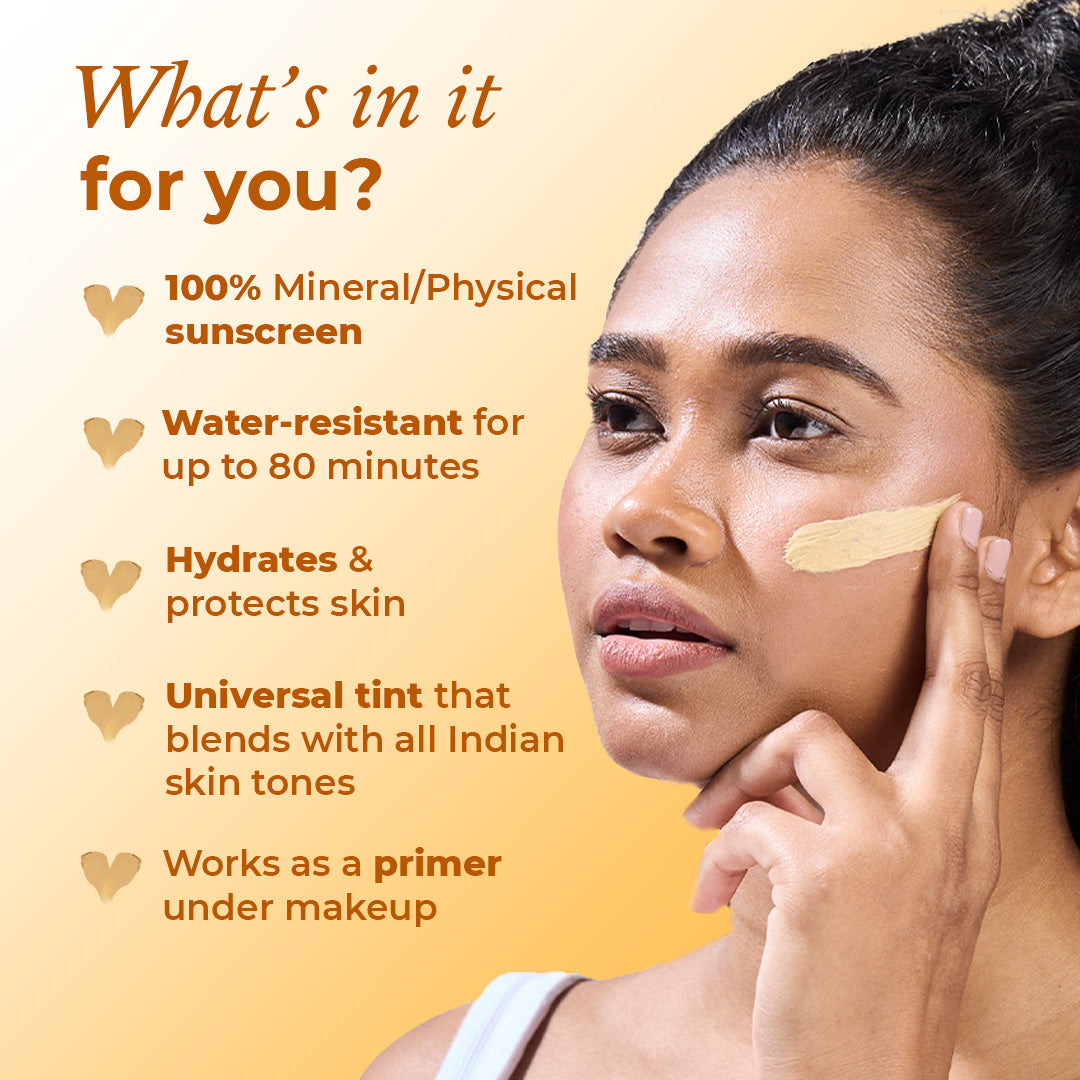
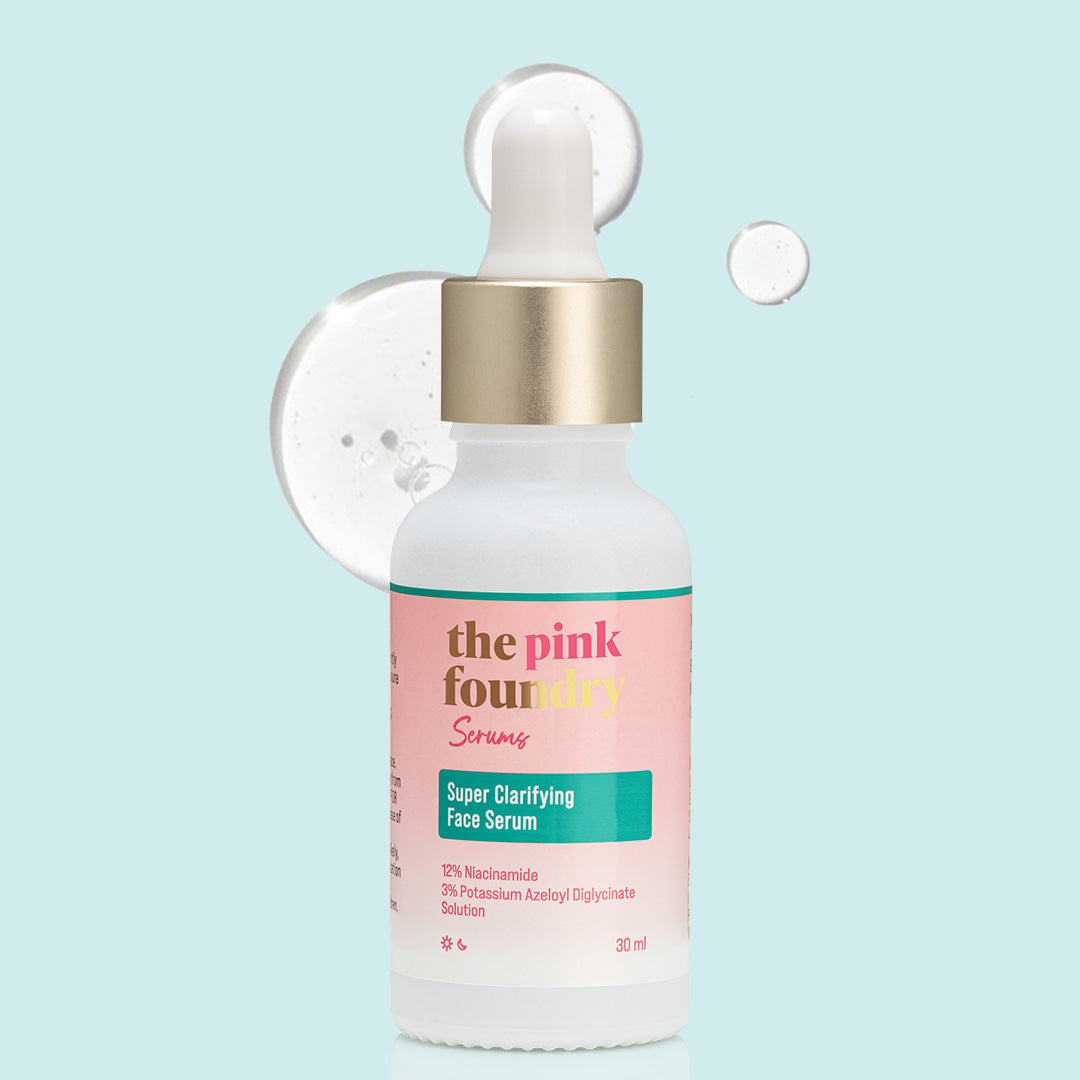
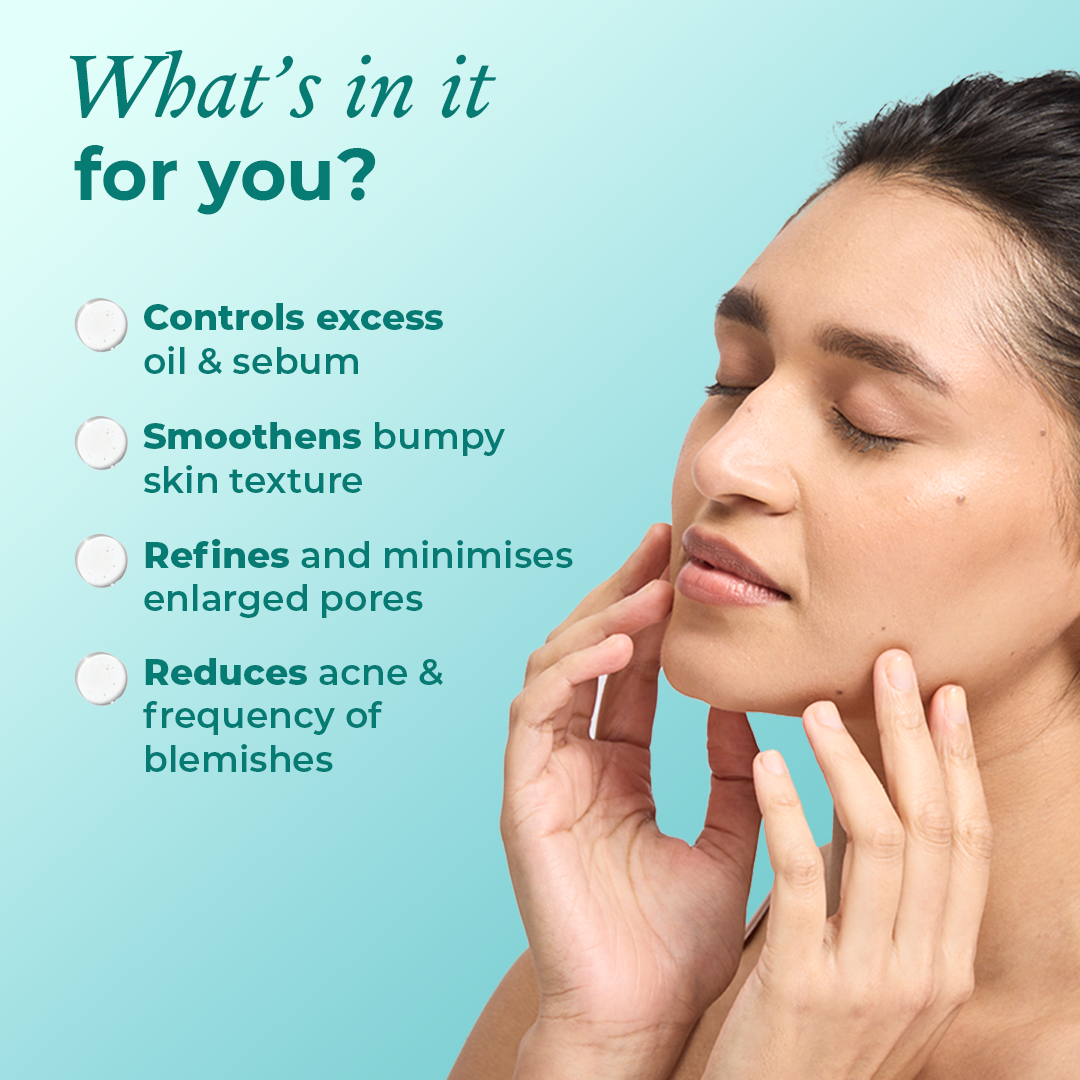

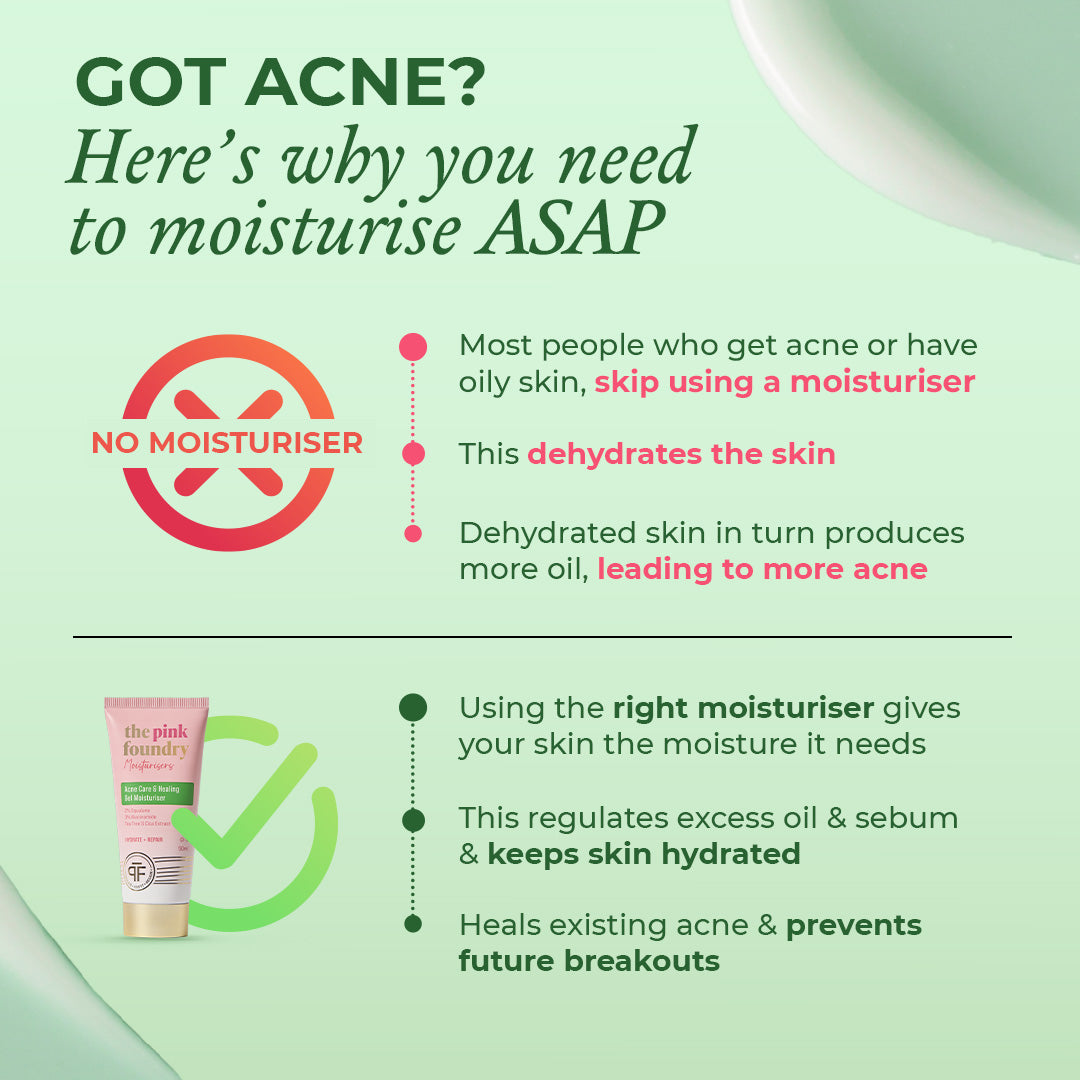
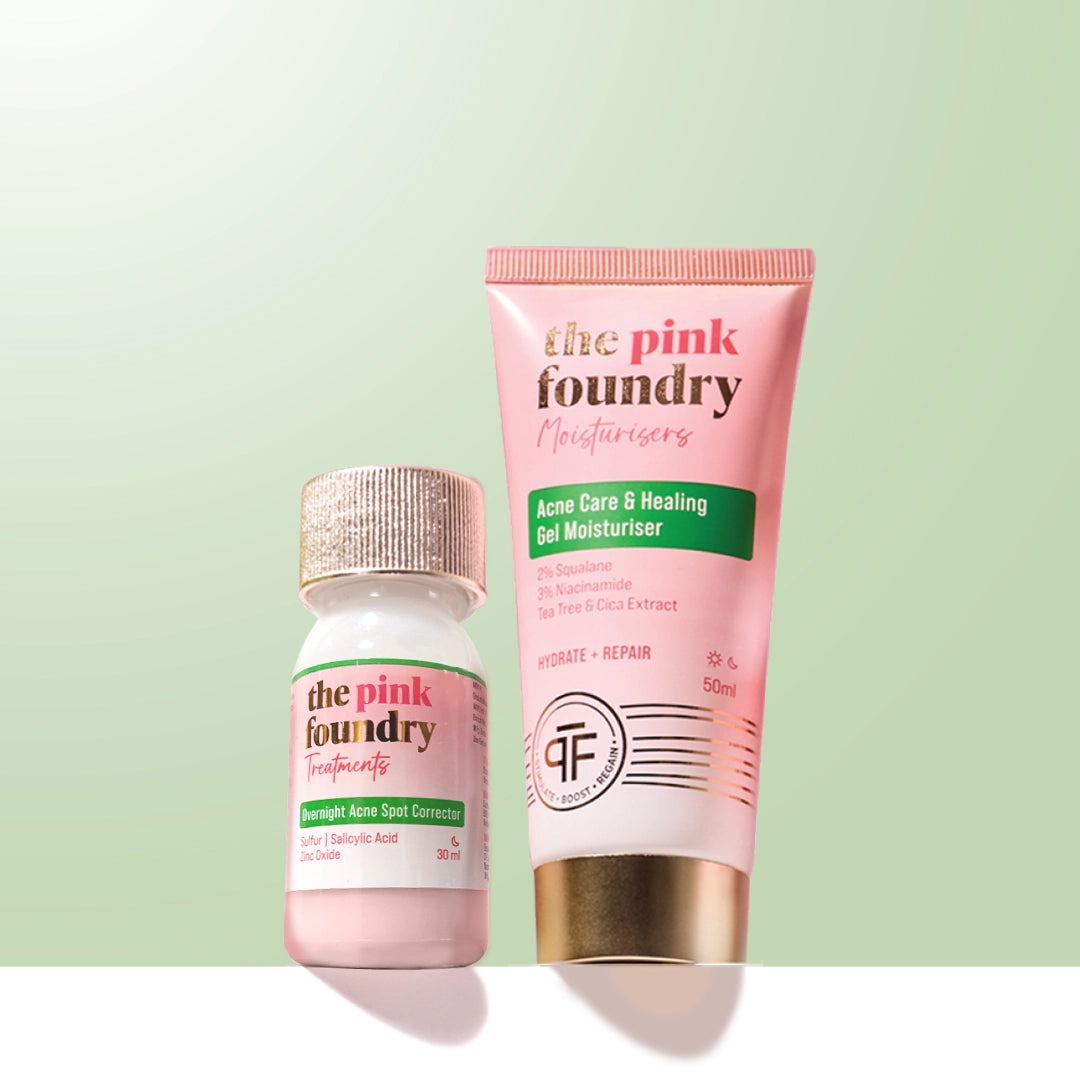
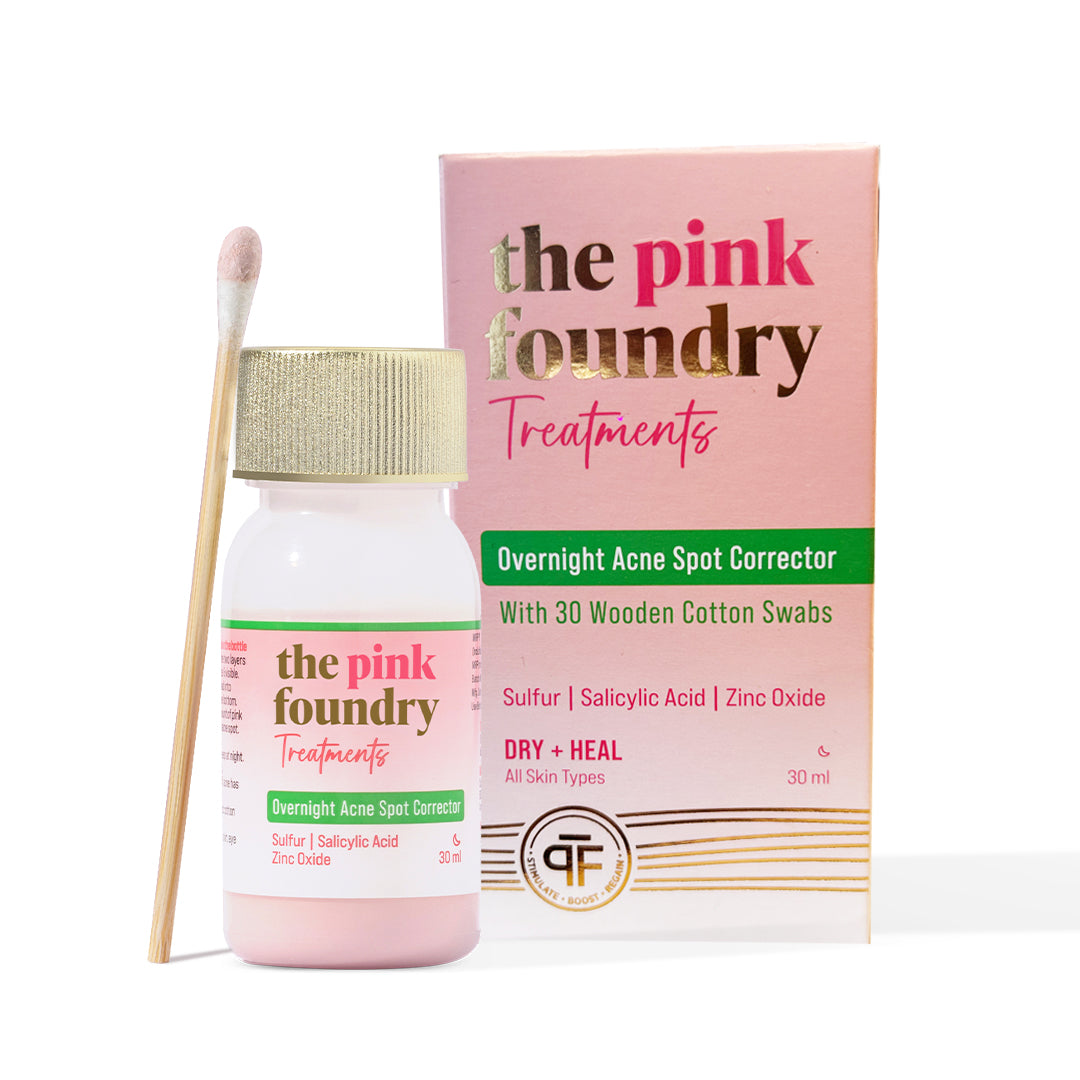
Leave a comment
This site is protected by hCaptcha and the hCaptcha Privacy Policy and Terms of Service apply.